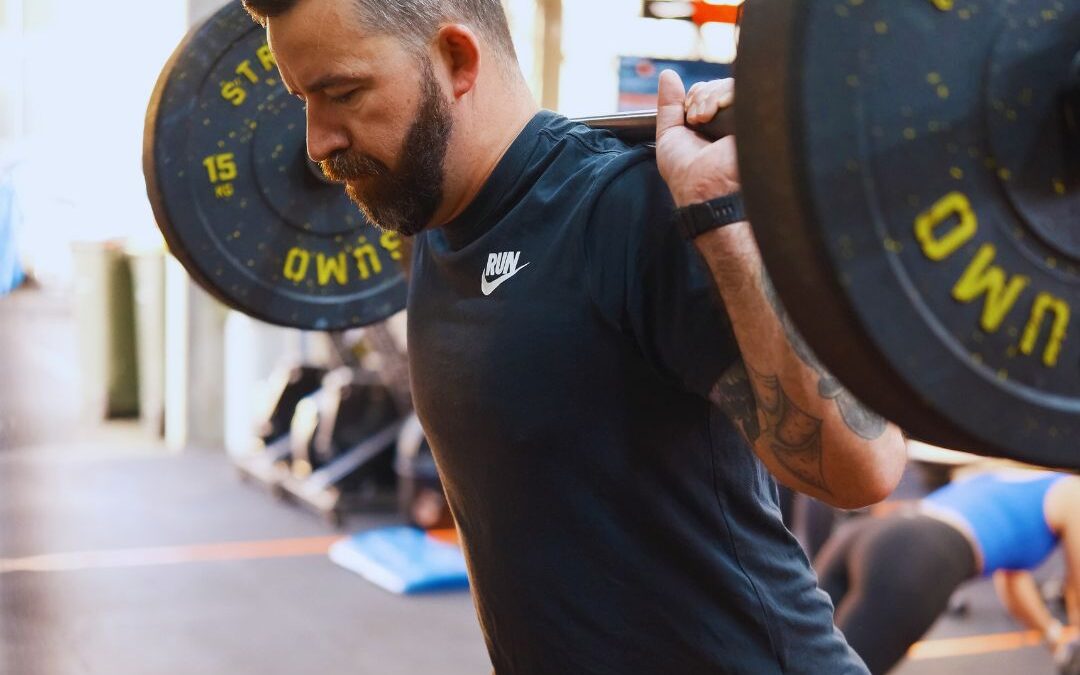Understanding the science behind muscle hypertrophy is crucial for anyone looking to build muscle and improve their physique. Muscle hypertrophy refers to the increase in muscle size and is a result of various physiological processes. In this article, we’ll delve into the science of muscle growth and provide insights on how to maximize your hypertrophy training.
What is Muscle Hypertrophy?
Muscle hypertrophy is the enlargement of muscle fibers in response to resistance training and other stimuli. It involves complex cellular processes that lead to an increase in the cross-sectional area of muscle fibers, resulting in larger and stronger muscles.
The Role of Mechanical Tension
Mechanical tension is one of the primary drivers of muscle hypertrophy. It occurs when muscles are subjected to force during resistance training. Lifting weights creates tension within the muscle fibers, leading to microscopic damage. This damage signals the body to repair and rebuild the muscle fibers, making them stronger and larger.
Metabolic Stress and Muscle Growth
Metabolic stress is another crucial factor in muscle hypertrophy. It occurs during high-repetition, low-rest workouts that lead to the accumulation of metabolites such as lactate, hydrogen ions, and phosphate. This metabolic buildup creates a hypoxic environment, which stimulates muscle growth through various mechanisms, including increased cellular swelling and hormonal responses.
Muscle Damage and Repair
Muscle damage is a natural outcome of intense exercise. When you lift weights, you create small tears in the muscle fibers. This damage activates satellite cells, which are involved in muscle repair and growth. These cells fuse with the damaged muscle fibers, increasing their size and strength. Proper nutrition and rest are essential for effective muscle repair and growth.
The Importance of Progressive Overload
Progressive overload is a fundamental principle in hypertrophy training. It involves gradually increasing the resistance or volume of your workouts to continually challenge your muscles. This can be achieved by increasing the weight lifted, the number of repetitions or sets, or by incorporating more advanced exercises. Progressive overload ensures that your muscles are consistently challenged, promoting continuous growth and adaptation.
Nutrition and Muscle Hypertrophy
Nutrition plays a vital role in muscle hypertrophy. Consuming adequate protein is essential for muscle repair and growth. Protein provides the building blocks (amino acids) necessary for muscle synthesis. Additionally, sufficient caloric intake supports the energy demands of hypertrophy training. A balanced diet rich in protein, carbohydrates, and healthy fats will optimize your muscle-building efforts.
Rest and Recovery
Rest and recovery are crucial components of any hypertrophy training program. Muscles grow during periods of rest, not during the actual workout. Ensuring adequate sleep, allowing time for muscle recovery between training sessions, and managing stress are all important for maximizing muscle growth. Overtraining can hinder your progress and increase the risk of injury.
Hormonal Responses
Hormones play a significant role in muscle hypertrophy. Testosterone, growth hormone, and insulin-like growth factor-1 (IGF-1) are key hormones that promote muscle growth. Resistance training stimulates the release of these hormones, enhancing the muscle-building process. Proper nutrition, sufficient sleep, and effective training strategies can optimize your hormonal environment for hypertrophy.
Maximizing Muscle Hypertrophy
To maximize muscle hypertrophy, focus on a comprehensive training program that incorporates mechanical tension, metabolic stress, and muscle damage. Ensure progressive overload, maintain a balanced diet, and prioritize rest and recovery. By understanding the science behind muscle growth, you can tailor your training to achieve optimal results.
Ready to build bigger, stronger muscles? Join us at Elite Strength Melbourne and experience personalized coaching and support tailored to your muscle hypertrophy goals.

